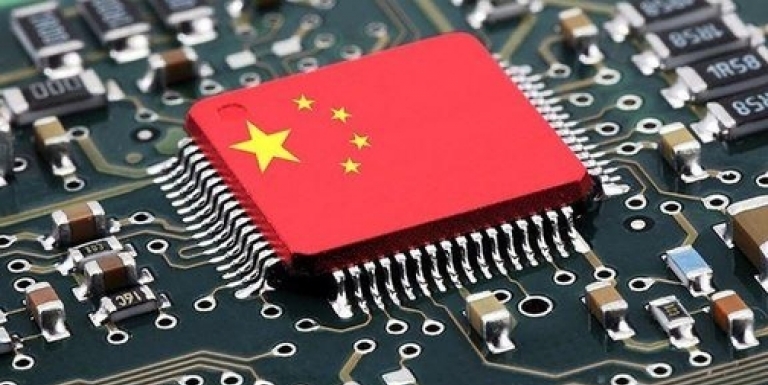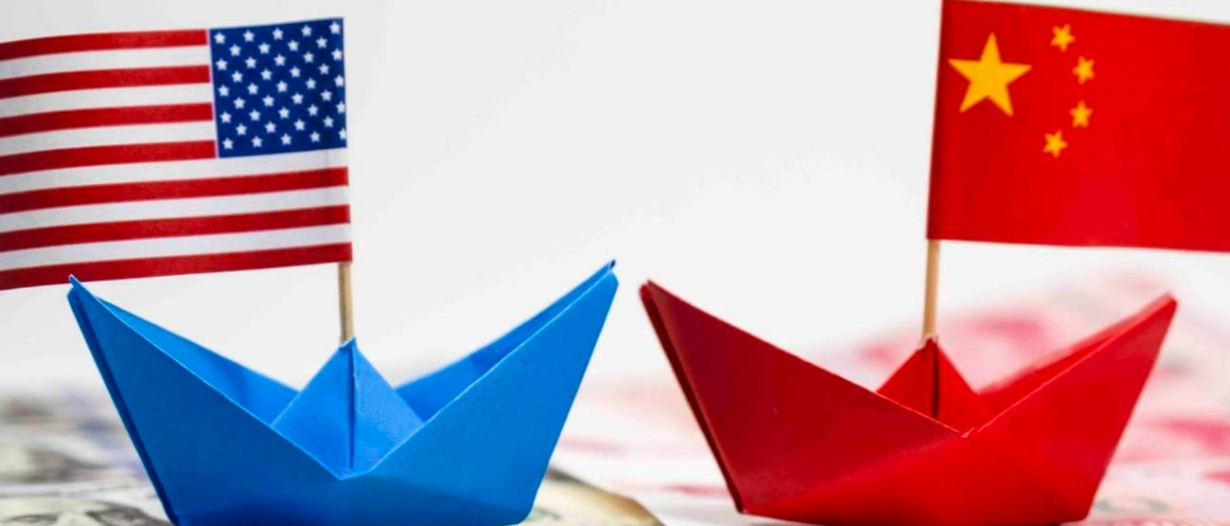Donald Trump provoked trade disputes between the US’s trading partners all around the world. Most dramatically, Trump has imposed waves of tariffs against China on nearly half of the Chinese exports to the US.
What happened so far?
Since the summer of 2018, when Trump started to impose tariffs on China, the involved Chinese products have been accumulated to $250 billion worth. In response, China hit back on $113 billion worth of American products. There were eleven rounds of negotiations with China regarding the topic of trading policies.
The trade war led to a great panic in the financial market, which pushed down both the US and Chinese stock market and a dramatic depreciation on the Chinese currency RMB. However, the consequence was far more serious than expected; the trade dispute raised a huge potential risk in the global economy. Followed by the trading policies, the US government decided to set a ban on US companies selling the chips, software and other inputs to Huawei (leading Chinese technology company), which aimed to restrict Chinese technology development.

More recently, during the G20 Osaka summit on June 29, 2019, Trump announced that he agreed a “truce” in the trade dispute after trade talks with Chinese President Xi Jinpings. In addition, Trump softened the policies on Huawei, but the company will still remain on the US trade blacklist. After the tension easing, the market seemed to be relatively optimistic to some extent, but there is still some uncertainty.
Deep motivations behind the trade disputes
It is known that international trade benefits each country as different countries have different comparative advantages. It is undeniable that there are no real winners in the trade war. Followed increasing tariffs, countries face declining exports of goods and GDP, and real fixed investment will also be restrained during the trade war period.
By 2017, the US trading deficit with China accounted for about 46% of the US total deficit, which is the direct reason for Trump to start the trade war. Tax Transformation and Protectionism are both key topics mentioned by Trump in his campaign promises. However, clearly, besides the US protectionism, there are deep motivations behind the trade disputes with China.
Looking back to modern trading history, it seems that this is not the first time the US provoke a trade war. In the 80s and 90s, a similar situation happened to Japan, when Japan experienced an economic recovery after the Second World War. With a series of tariffs imposed on Japanese exports, Japan suffered from the great economic damage caused by trade disputes. The result, obviously, is that the US successfully destroyed the Japanese economic recovery.
In recent decades, the Chinese economy has grown at a dramatic speed and it is now the second-largest economy ranked just below the US. The graph below indicates the GDP of the US, China and Japan from the 1960s to 2018. It can be seen that Japan was the biggest rival of the US, but it lost the game. Now the participators become the US and China. With the current economic trends, many economists estimate that China will become the biggest economy in the world in the near future, therefore, the international status of the US is threatened by China seriously. Similar to the history, the trade war with Japan is not only about economics, but also politics.
What is the future of the trade war?
Why did Trump change his attitude towards more open trading policies? The motivation is that the negative impact caused by the trade war has gradually appeared, and it is likely to threaten his interest during the election. Therefore, following the progress of the election, things can be changed all the time as the root cause of the problem cannot be solved quickly.

This year, the American Presidential Election and the APEC in November will be the crucial points which may bring potential change regarding the negotiations between the US and China on trading policies. The trade disputes cannot be solved in the short-term; it is a long-term game between the powers, and it may last for several decades. Even though the tension on trade relaxed, the disputes will still spread to other fields such as technology, internet and finance.





























